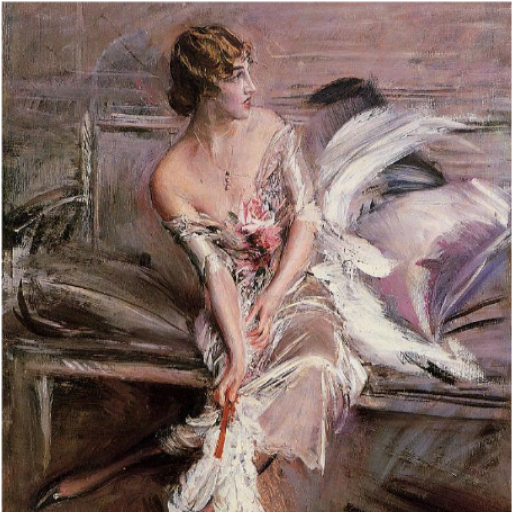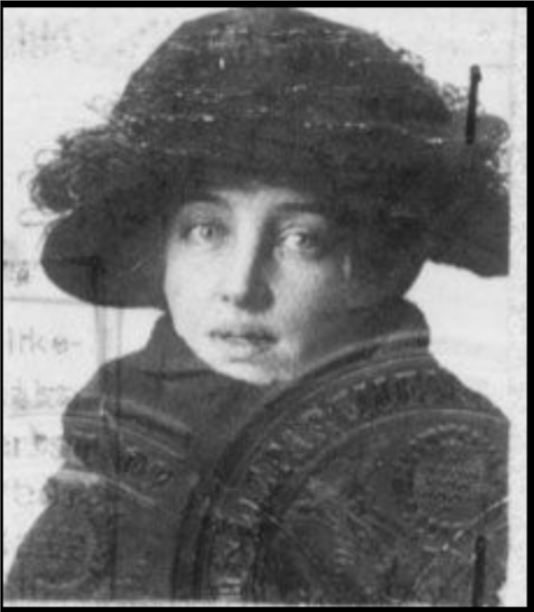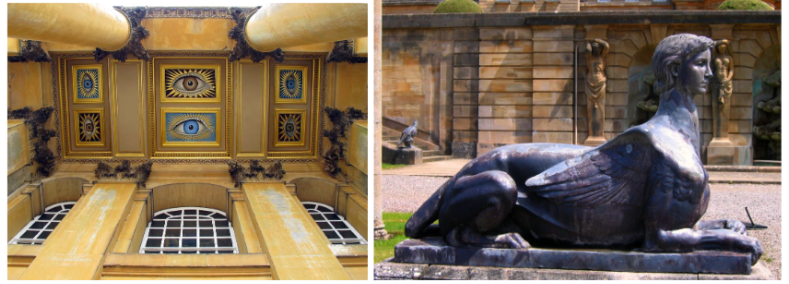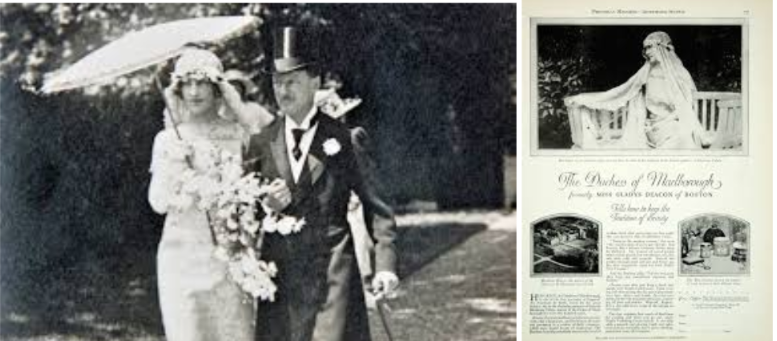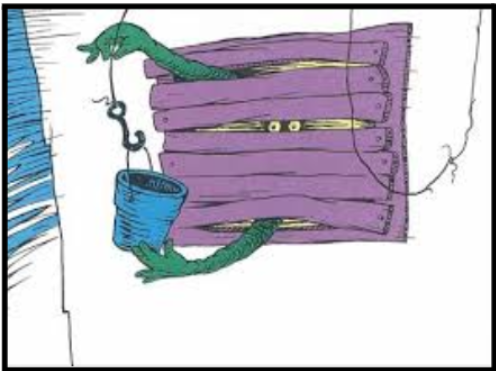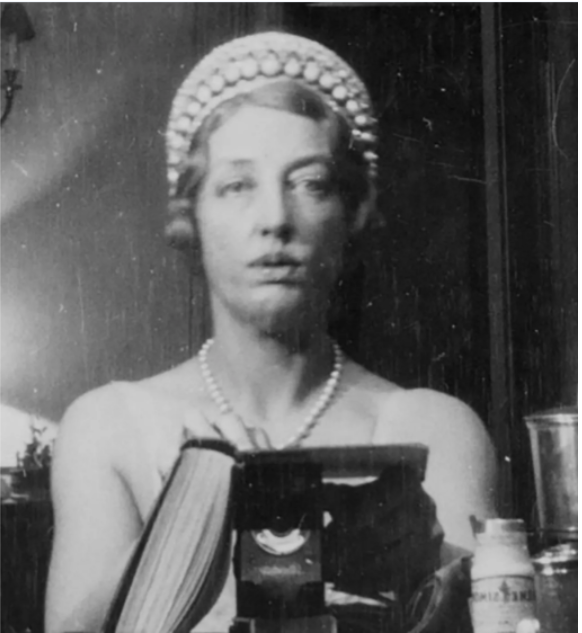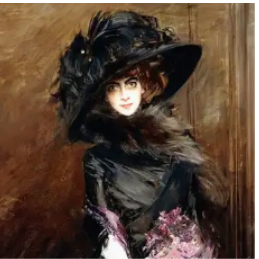Gladys Deacon by Boldini
On the run-up to The Washashore, which introduces my favorite Jazz Age siren—Maisie Dahlia Gray of the patent-leather bob—here is one of the most indelible sirens from the late 19th, early 20th century: Gladys Deacon, a bonafide dollar princess. Muse, heiress, renowned beauty, and stunted intellectual, Gladys ((Glay-duhz), born in 1881, wound up forced into an asylum after living for years as a recluse.
With her otherworldly presence, she could’ve stepped straight out of Fitzgerald’s The Beautiful and the Damned. When she was a child in Paris, her father shot her mother’s French lover, and then Dad was whisked away to prison. The sisters were then shuttled back and forth between custody of the warring parents and convents, with kidnappings along the way. Let’s just say, Gladys never got the healthy version of love.
The highly intelligent and capricious Mistress Deacon was one of four sisters seemingly created just to tempt destitute landed aristocracy. Her older sister had already made quite a stir in Europe in the highest social circles with her leopard escorts (see Bird’s thoughts on that particular entrance).
However, Gladys was not to be outdone. She had caught sight of the engagement announcement of Consuelo Vanderbilt and the Duke of Marlborough in the newspaper, and decided, for some reason, that she had to have him.
Passport photo
Eventually, she did marry him, when she was 40 (Consuelo took her time finding a rich aviator with whom to replace the Duke), and took up residence at Blenheim Palace. Gladys left a few deliberate dents in the lacquered facade of Blenheim: Gills’s rendition of her ice-blue eyes gaze down from the North Portico ceiling and two sphinxes with her face by W. Ward Wills guard the lower garden and grotto.
Details from Blenheim Palace
It was an unhappy union, unfortunately, a surprise to no one but possibly Gladys. The two fought publicly and privately, and the Duchess concocted embarrassing schemes like bringing a revolver to the dinner table and wearing her wedding dress in a Ponds soap commercial years after her nuptials.
Never known for stellar judgment, Gladys also underwent plastic surgery in her tender thirties to make the bridge of her nose seamlessly straight (too many mirrors in her house). The surgery didn’t take, and the paraffin that was supposed to bless her with the perfectly patrician profile slid down into her chin and jaw, making them lumpy. Rumor has it she sat by the hearth just to warm the wax…so she could reshape her face by hand.
Finally, the Duke could take it no more (the Duchess kept many many Blenheim Cavalier Spaniels, didn’t housetrain them, and gave them free reign of the palace) and she was kicked to the curb, relegated to the Duke’s London flat—until he cut off the heat and lights.
Gladys then, for the most part, vanished. Decades later, she was spotted by an old acquaintance before scuttling out of the jewelry store in horror. She then turned up living in a farmhouse in the middle of the English countryside, known only as the madwoman of the village at whom little boys loved to throw rocks. Shrouded from public view and only communicating with one handyman through signs and sign language, Gladys turned out exactly like Dr. Seuss’s Onceler from The Lorax.
Eventually, they dragged her away, and it apparently took quite an effort to foist her out of her hovel (the bog witch strength was fierce in this one). She would’ve vanished into history’s footnotes if not for her biographer, Hugo Vickers, who ferreted her out in the asylum, visiting enough that she finally warmed to him and gave him the basis for The Sphinx: The Life of Gladys Deacon – Duchess of Marlborough. Apparently, she was sharp as a tack until she passed at 96 in 1977.
Selfie in tiara
If Gladys’s story proves anything, it’s that beauty is a brutal currency. It buys everything, until the balance flips. When the looks went, so did the lovers, the lifestyle, and the sympathy. The bills stacked up, the lights went out, and no one cared to knock.
-MH
Up next on Women Breaking Every Mold: the Luisa Casati, a Milan-bred Marchesa who stole the show every single scene in which she appeared (it helped that she was almost always nude).
Luisa Casati by Boldini
